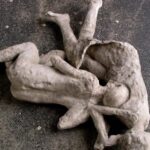
The haunting plaster casts of Pompeii’s victims, preserved since the eruption of Mount Vesuvius in 79 CE, have long been a source of fascination and speculation. Popular narratives about these individuals—who they were and how they might have been related—have often reflected modern assumptions.
But new genetic analysis challenges these interpretations, revealing surprising truths about their identities. Published in Current Biology, the study shows that many of the victims were not related as previously thought and came from diverse origins, including North Africa and the Eastern Mediterranean.
One striking example involves four bodies found in the “House of the Golden Bracelet,” previously thought to be a family—a father, mother, and child—based on their positioning and the presence of a gold bracelet. DNA evidence has debunked this theory, showing that all four individuals were male and unrelated.
Similarly, genetic testing of a presumed mother-daughter pair from the “House of the Cryptoporticus” revealed that one of the bodies was male, excluding certain familial assumptions. These findings reflect the cosmopolitan nature of Pompeii’s population during the Roman Empire, shaped by mobility and cultural exchange.
Researchers caution against imposing modern gender and family narratives on ancient societies. “The scientific data we provide do not always align with common assumptions,” said geneticist David Reich. Co-author Alissa Mittnik emphasized the need to integrate genetic, archaeological, and historical data to avoid misrepresentations.
This study not only offers a deeper understanding of Pompeii’s diverse population but also serves as a reminder of the importance of challenging biases in interpreting the past.
Image: Archeological Park of Pompeii


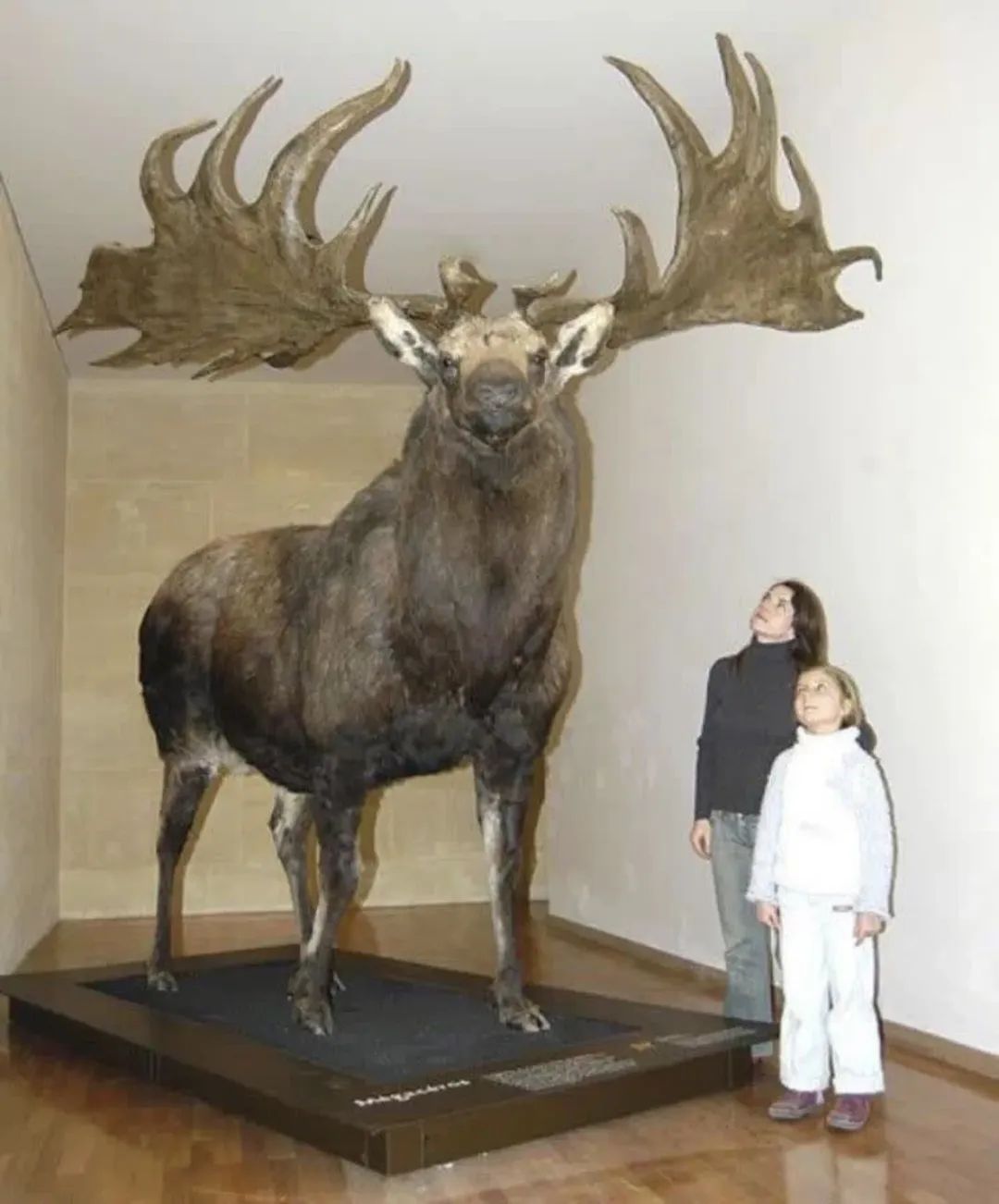
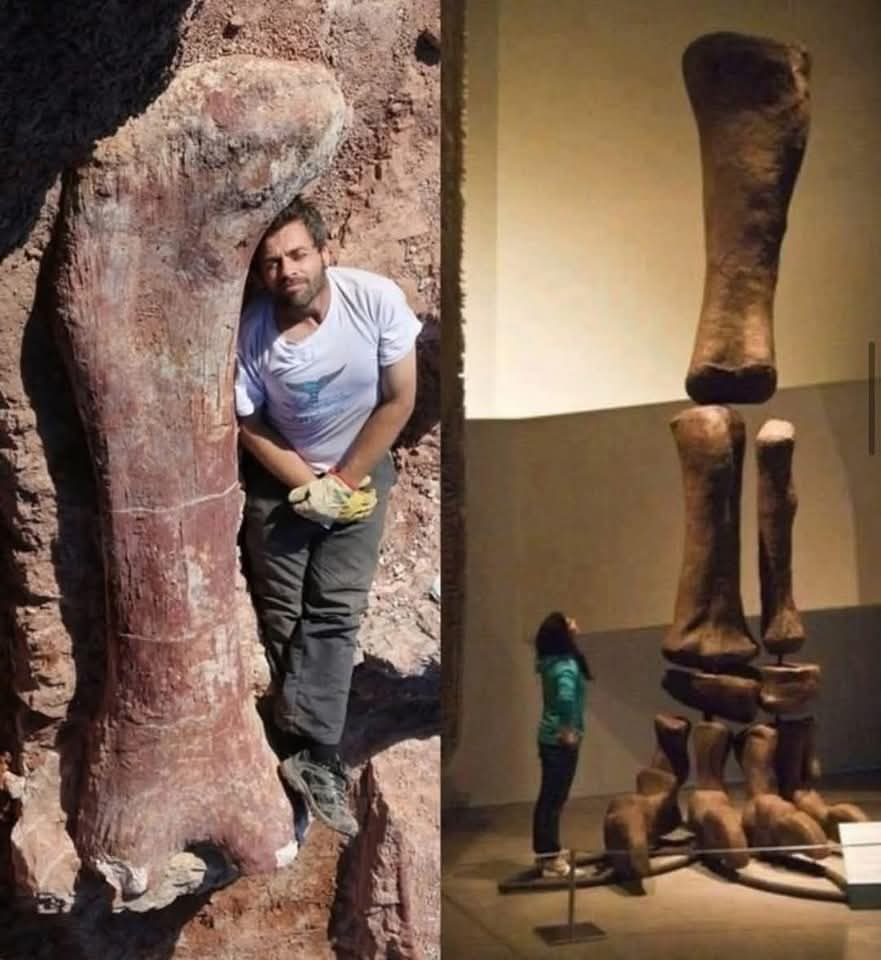


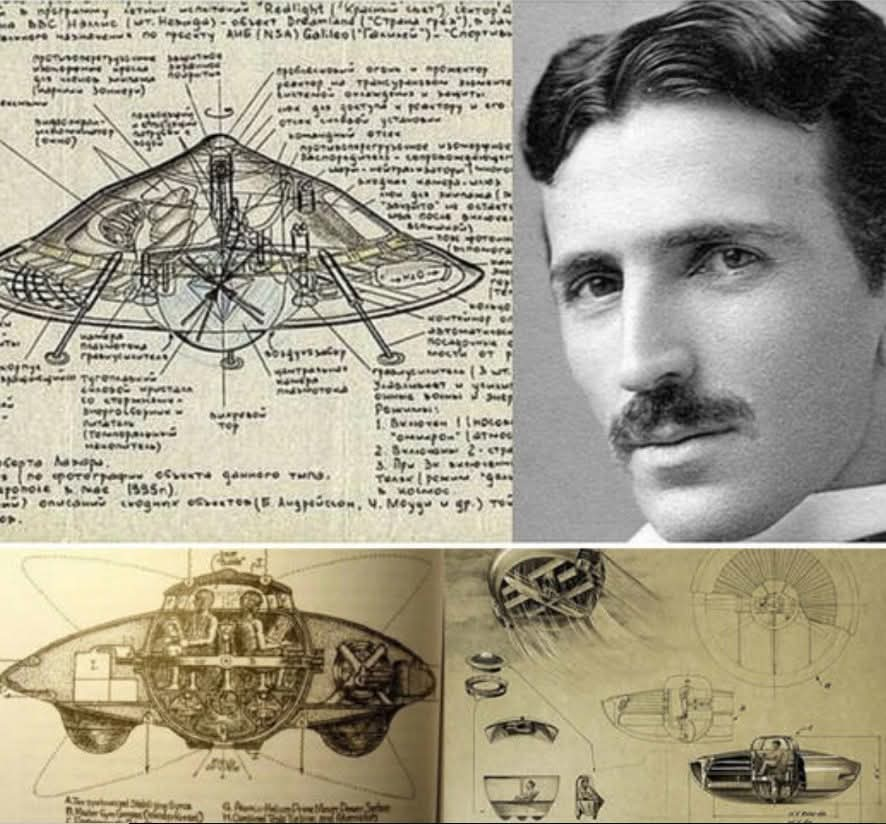

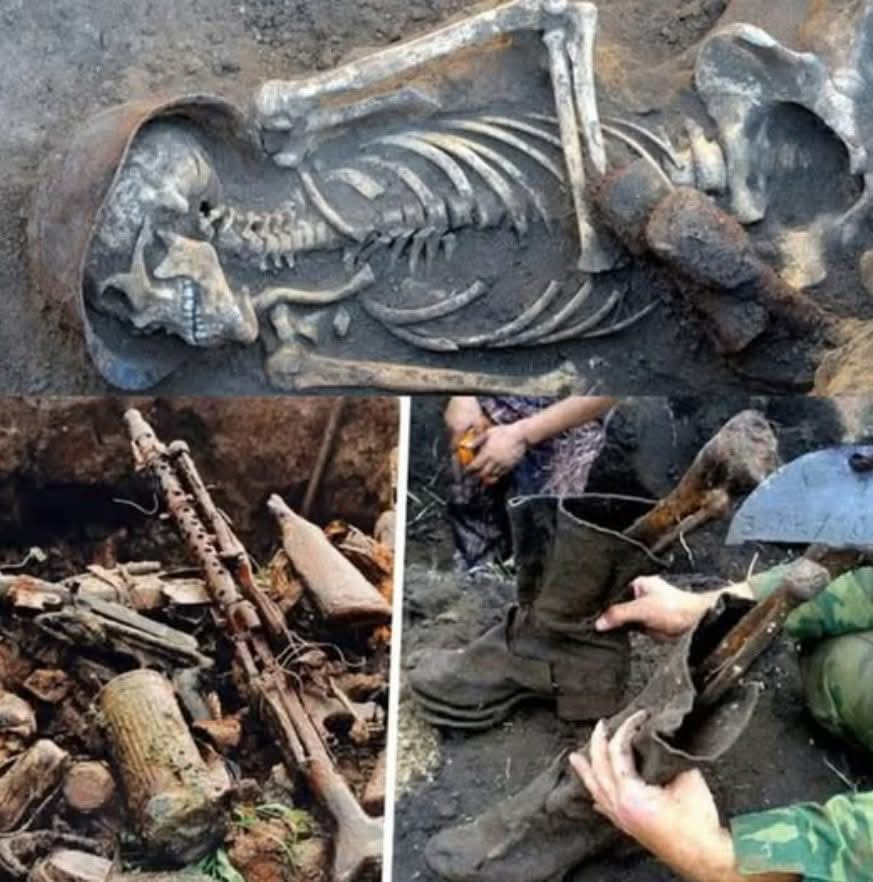

Leave a Reply